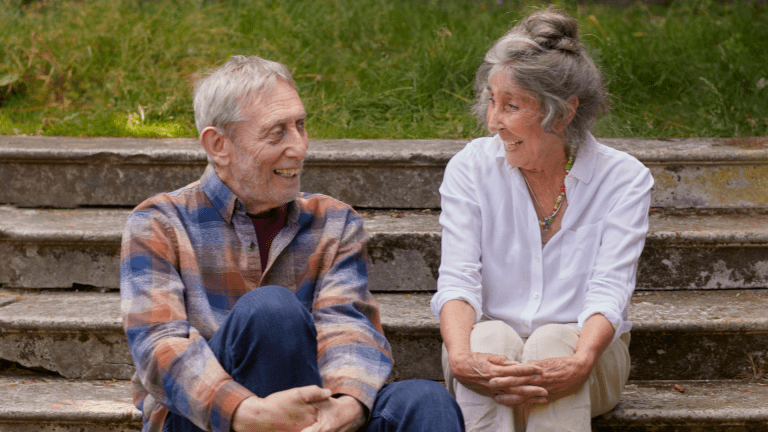Remembering those you never knew from a hundred years ago is not easy, especially if you are young. History was then. They live now. Yes, we can be reminded by the poppies every November, by bugle calls, by the names carved on war memorials, by faded family photographs, by flickering film. That we need to remember those who lived and died on our behalf in time of war, and still do, is not in doubt.
But to do so we need to know their stories, the stories of the men and women, and horses too, how it must have been for them to suffer as they did. We may not remember them – so few are left who do. But they are remembered for what they did. They fought their wars to preserve our freedom and our peace. Young men and women died young. They lived down our lane, our street, in our village, our town, our city, went to our schools, our football matches, our theatres, breathed the air we breathe. They were us, then.
The poppy has become for us the symbol of remembrance. For a few days every year they are everywhere. But the story of the poppy, how it became such a powerful symbol for us, is less well known. Young people need to know about it, we all do. We all should.
The best-known poem of the First World War is probably In Flanders Fields by the Canadian John McCrae. He wrote it near the grave of his best friend whom he had just buried. His poem is in great part responsible for establishing the poppy as a symbol of remembrance for all of us, for those who have died in all wars. He himself did not survive the war.
I wrote Poppy Field around the creation of that much read, much-loved poem, set in a field in Flanders near Ypres, the story of a soldier poet and his poem, and a Belgian family caught up in the fighting. We often forget the families, the civilians who suffered and so often died. We forget too that the suffering and dying goes on for so many, long after the war has ended. They should be remembered too.
Poppy Field by Michael Morpurgo is out now (Scholastic, £12.99)









